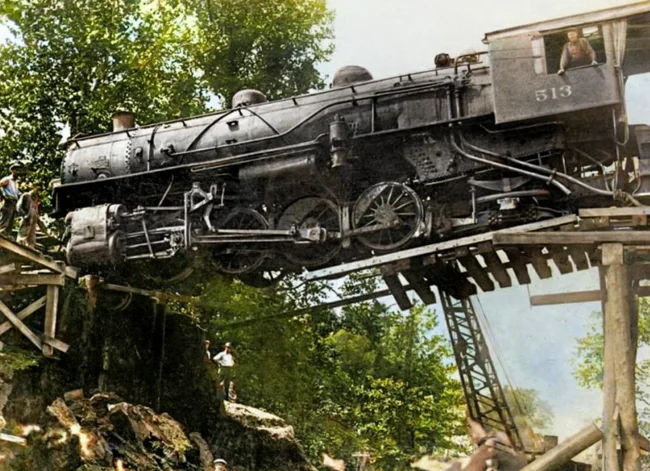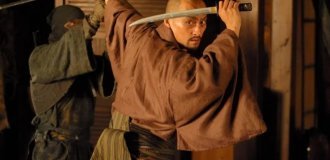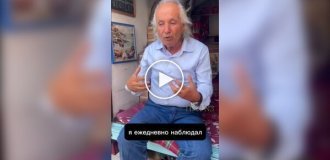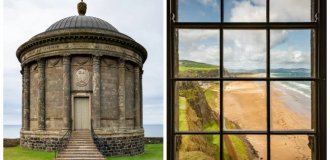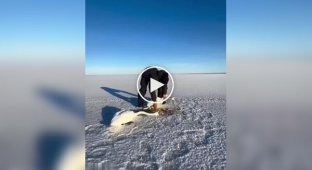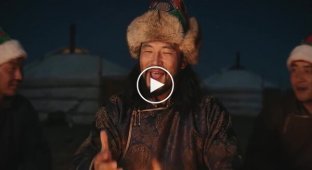A selection of photos from the past that make you wonder (21 photos)
Photographs from the past are unique testaments to historical events, everyday life, and culture that often leave us in awe. They open doors to bygone eras, revealing both the unusual and the familiar. 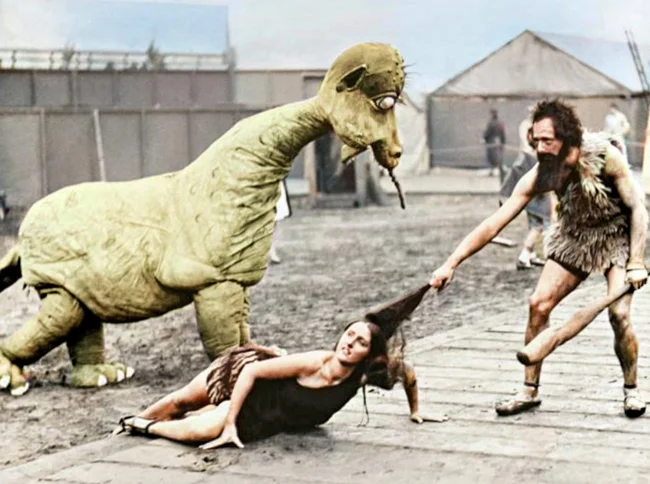
Gene Janzen, a famous bodybuilder of the time, and his wife Pat Janzen train with their 11-month-old son Kent, 1947.
Their son, Kent David Janzen, died at age 16 when he accidentally shot himself while handling a .22 caliber pistol. 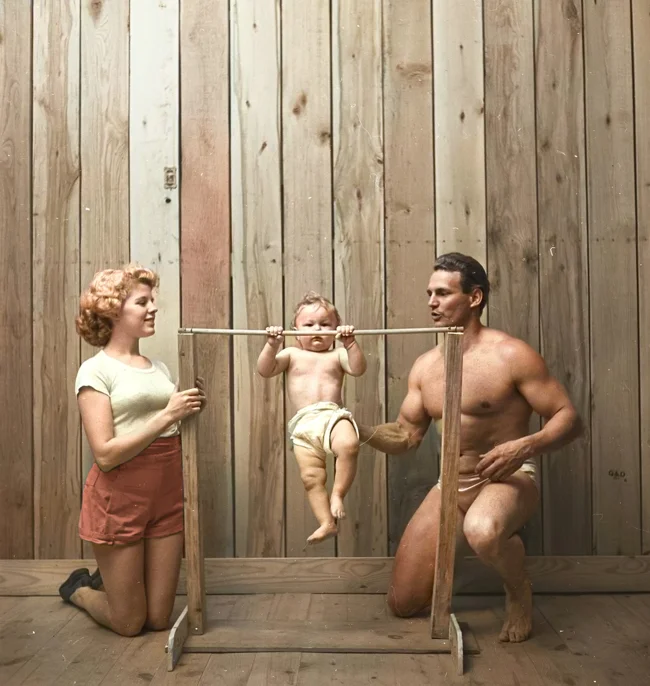
Photographer: Stanley Kubrick
A theatrical performance to celebrate the centenary of the railway. Liverpool. Merseyside. UK, 1930. 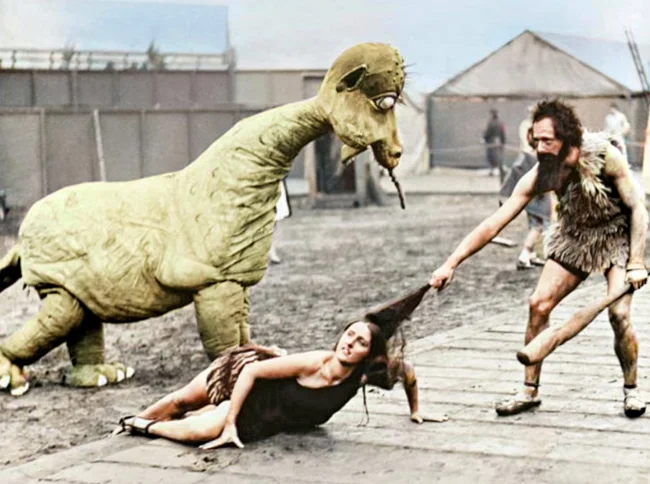
British illusionist Geoffrey Atkins at Heathrow Airport, 1971. 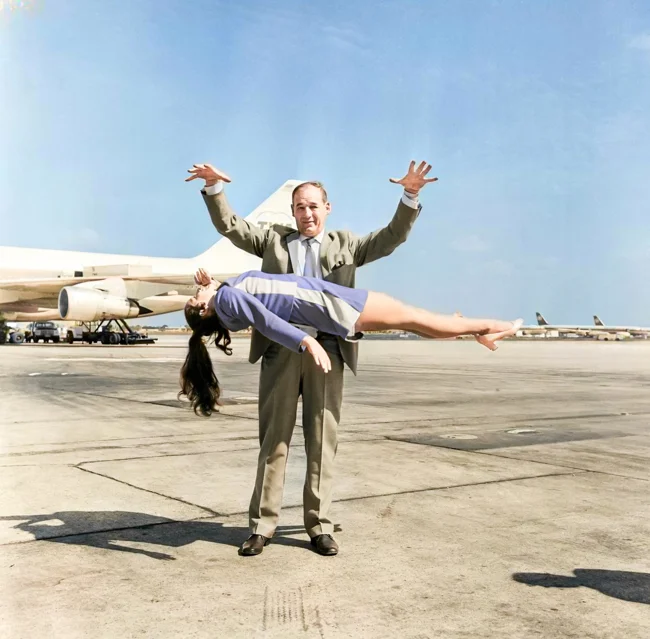
Men drink from "enormous" glasses during a heat wave in Paris, 1970s.
To tip over several liters in such a vessel with one hand - you need to have a strong hand. You can't do it without training. 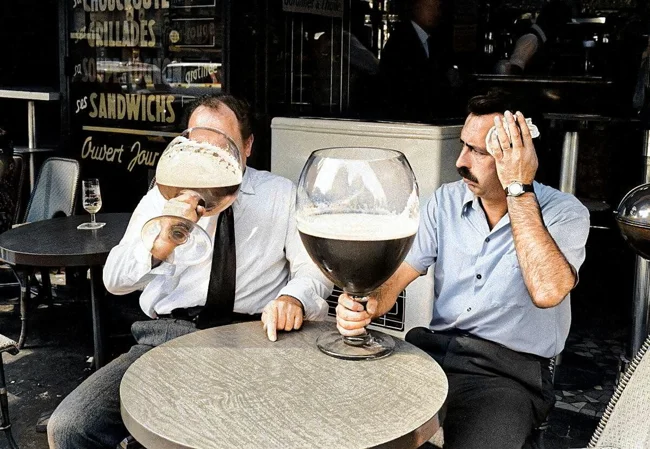
Presentation of the world's largest typewriter at the World's Fair in New York. USA, 1939-1940.
The Underwood Giant Typewriter is one of the most famous and impressive exhibits at the 1939-1940 New York World's Fair. This unique object became a symbol of innovation and creative marketing, and a shining example of how companies used scale to attract the public's attention.
They created the world's largest functioning model of their popular typewriter, 15 times larger than the original. The machine was 8 feet tall and weighed 14 tons, and was transported to the fair on two trucks.
This giant exhibit was fully functional: it could be "used", although operators were required to press the keys. 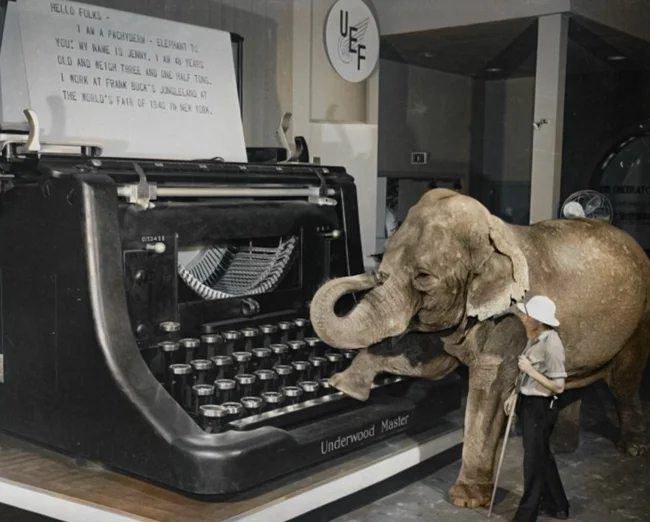
The world's tallest man ever recorded visited downtown Warrensburg shortly before his death at age 22, 1940.
Robert Pershing Wadlow was born on February 22, 1918, in Alton, Illinois, the eldest of five children to Harold and Ginevra Wadlow.
Wadlow suffered from hyperpituitary disease, a condition in which the body produces excessive amounts of growth hormone. This caused an unusual increase in bone and tissue size, leading to his record height.
At age 21, a year before his death, Robert Wadlow had reached an officially recorded height of 2.72 meters (8 feet 11 inches). He weighed about 199 kilograms (440 pounds).
Because of his enormous height, Robert required special clothing, shoes, and household items. For example, his size 37A (US) boots were custom-made and cost about $100 each (which was very expensive for the time). 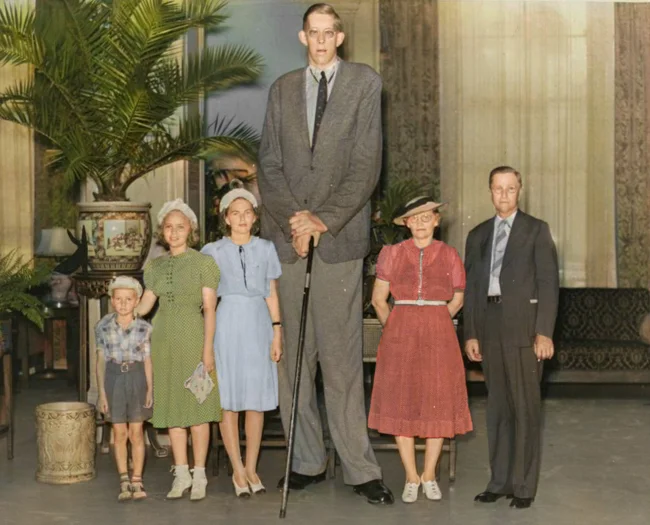
Cats undergo a special training program at a French space research lab in preparation for a flight. Paris, 1963.
Far left is Felicette, the first and only cat to fly in space.
In 1963, the French National Center for Space Studies (CNES) began a program of biological tests using animals to study the effects of weightlessness and other factors of space flight on living creatures. Cats were chosen because their nervous system was well studied and their size allowed them to be placed in a special capsule.
Felix was chosen from among several cats to participate in the experiment. She underwent intensive training, including training in centrifuges.
The mission lasted about 15 minutes, including 5 minutes in a state of weightlessness. Felix remained alive and well after the flight, which confirmed the possibility of mammals surviving in space flight. 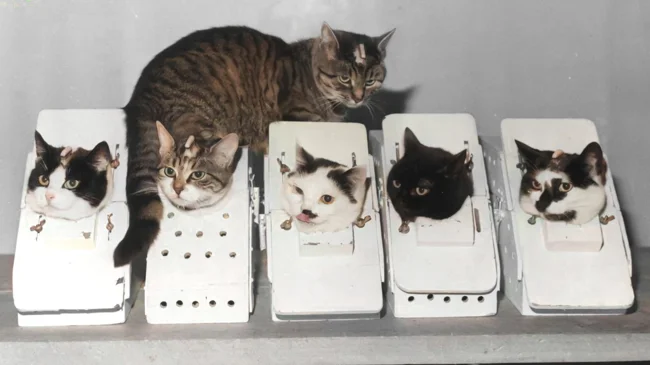
Former King Peter II of Yugoslavia and his son in futuristic spacesuits, England, 1950. 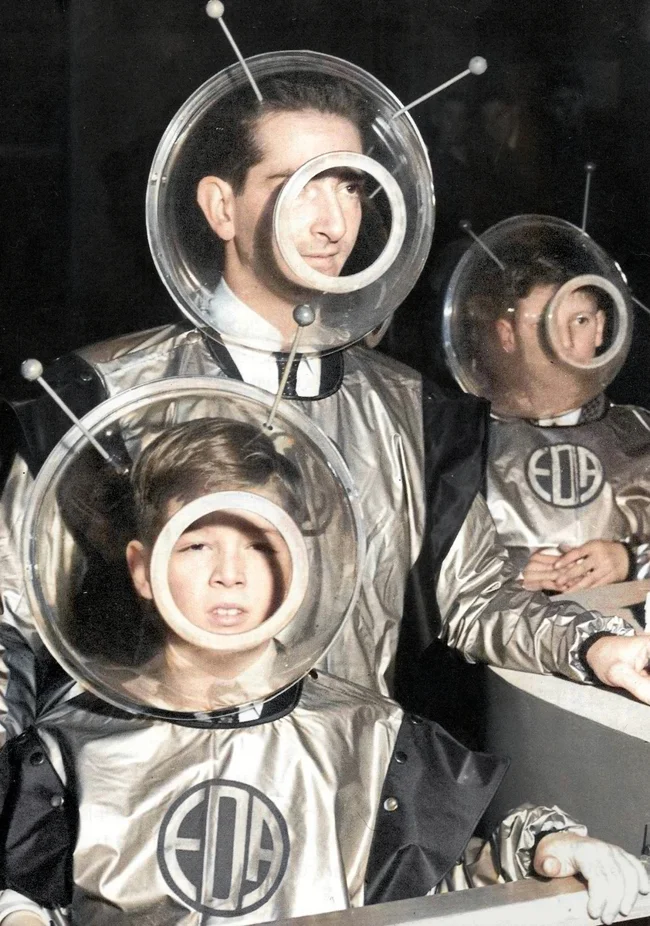
Dogs line up for a new batch of coca leaf extract for an experiment on the effects on the health, behavior and psyche of warm-blooded animals. Peru, 1950.
Coca leaves are banned around the world, but in Peru, people drink tea made from them all day long and use them for medicinal purposes. 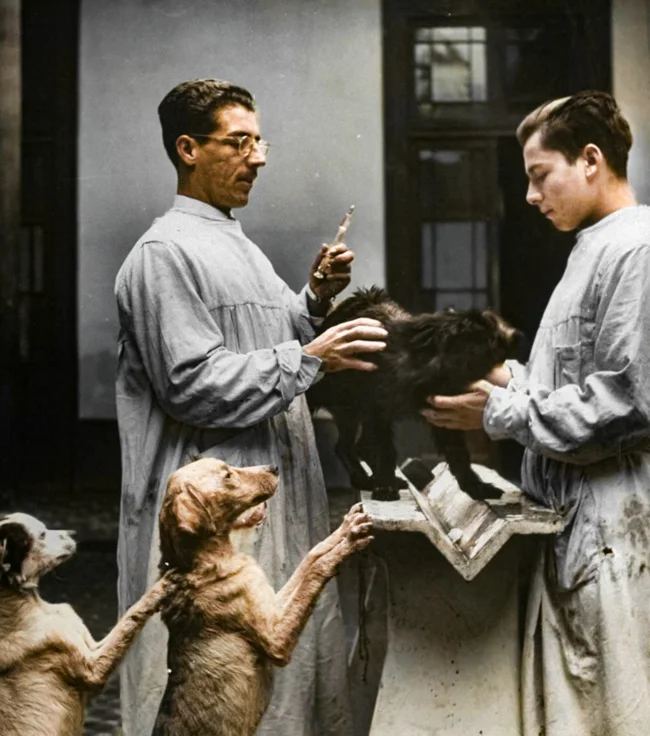
A doctor adjusts the beam path of a 2-million-electron-volt X-ray machine for deep therapy used to treat cancer patients at Francis Delafield Hospital in New York City. USA, 1956. 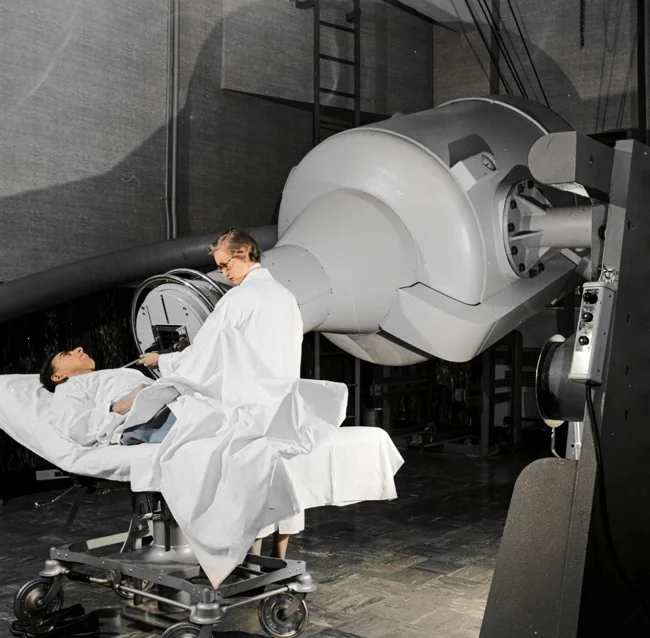
Swimmer Kathy Flicker in the pool, 1962.
An unusual optical phenomenon. 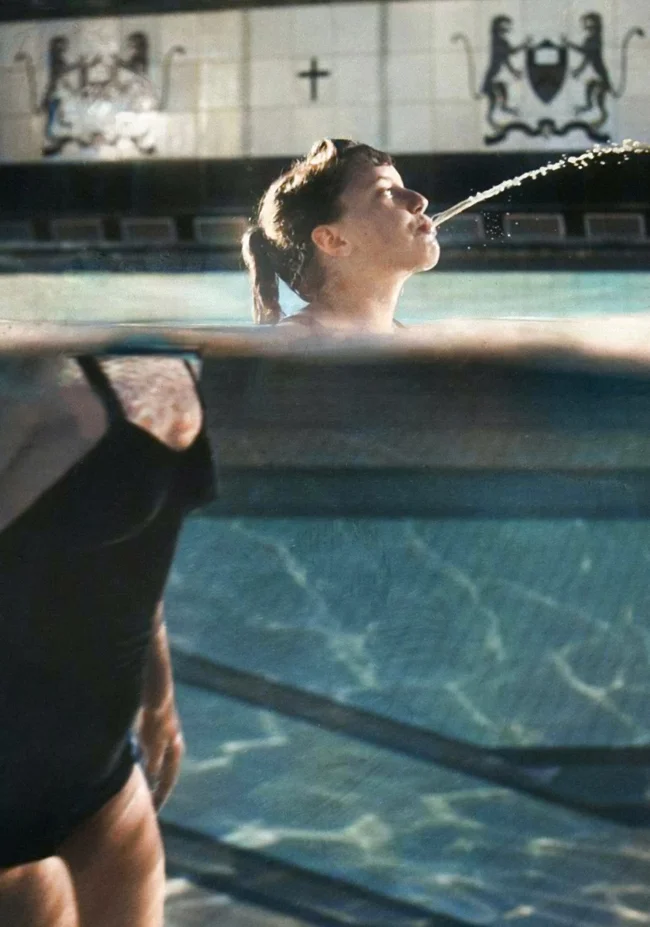
Volcanologist Arpad Koerner hangs on a rope above the flaming crater of the Stromboli volcano. Italy, 1933.
The Stromboli volcano is constantly active and is famous for its frequent small eruptions, which can be seen from different points on the island and in the surrounding sea. 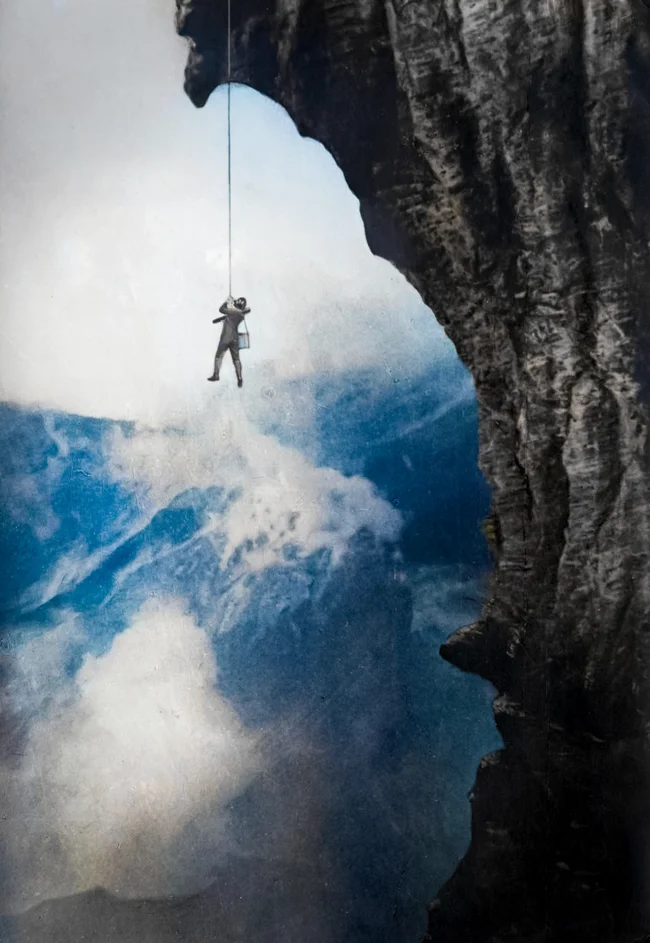
The aftermath of the 1906 San Francisco earthquake.
The 1906 San Francisco earthquake was one of the most devastating disasters in US history. Occurring in the early morning of April 18, this event caused enormous damage to the city and its residents, leaving an indelible mark in history as an example of a large-scale natural disaster.
According to modern estimates, the magnitude of the earthquake was about 7.8–7.9 on the Richter scale.
The main shock lasted about 45-60 seconds, and the aftershocks that followed continued for several days.
About 3,000 people died, but about 300,000 were left homeless. The relatively small number of victims is due to the fact that multi-story construction was not yet particularly developed in the city. 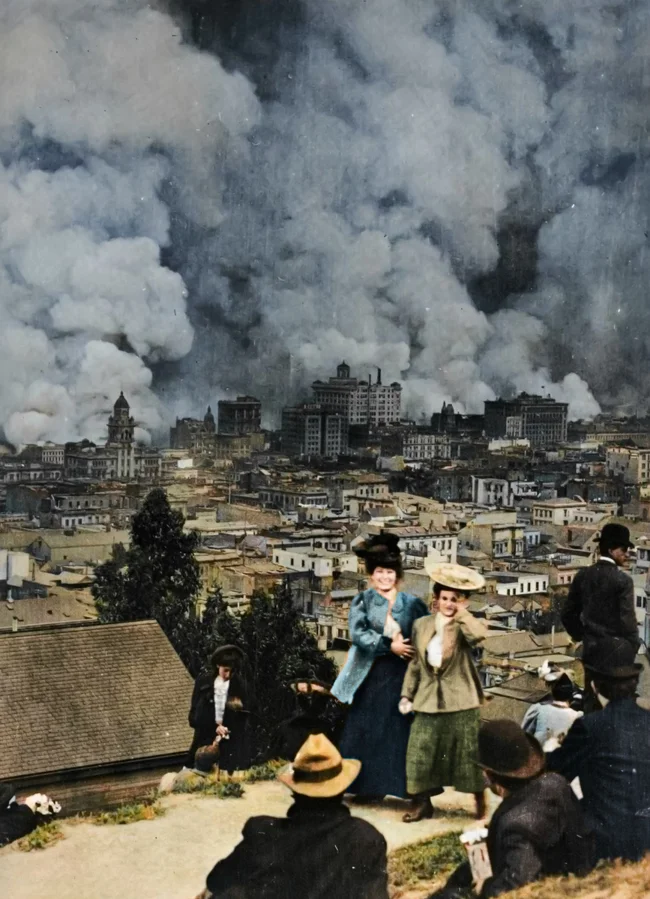
A circus family, mother and children, 1965. 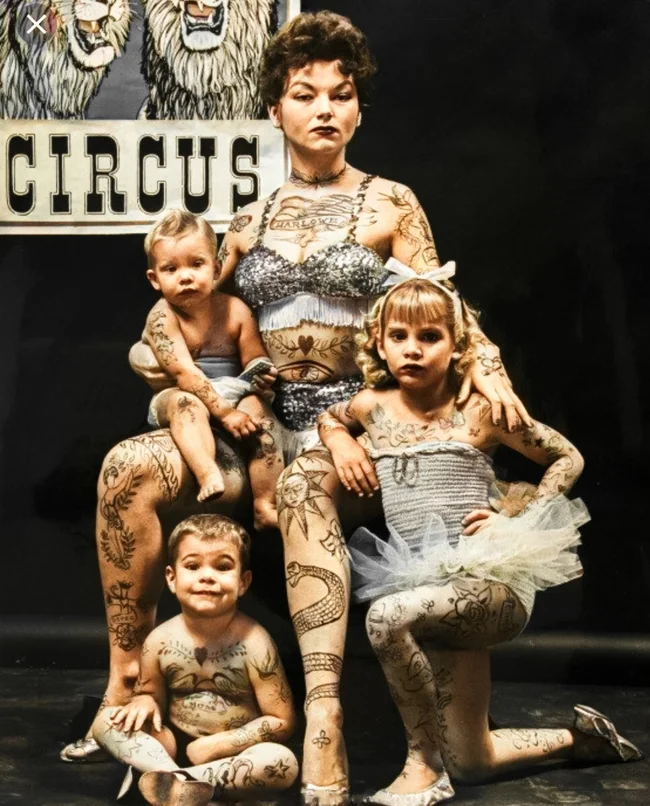
Photographer Todd Walker.
A teenager on a moped jumps over his friends. USA, 1972.
On the left, the most desperate friend lies down. The men are the boys who accidentally survived. 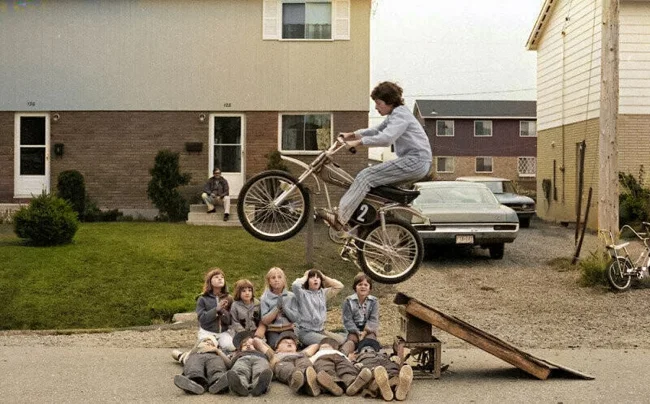
A housewife removes frozen underpants from a clothesline, 1940s. 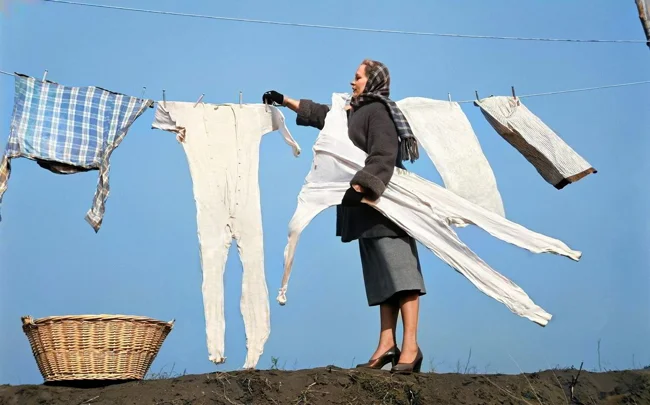
Pneumatic mail, covering 23 post offices in New York City and stretching for 27 miles. It operated until 1957.
Pneumatic mail is a system for delivering messages and small cargo using capsules moved inside pipes by compressed air or vacuum. This technology was popular in the 19th and 20th centuries for the rapid transmission of documents, letters, and other small items over relatively short distances. It was used both in urban networks and inside buildings, such as banks, hospitals, and administrative offices.
Now such a system can be seen in banks or in large hypermarkets. 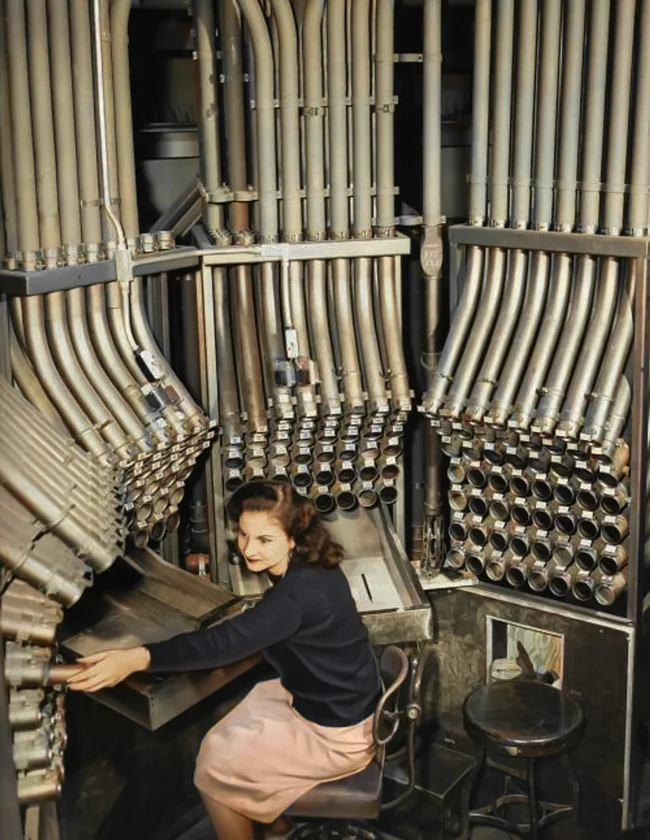
Pope John Paul II meets with the man who tried to kill him, 1983.
Pope John Paul II's meeting with Mehmet Ali Ağça in 1983 remains one of the most moving and significant episodes of his pontificate. It demonstrates that even the most serious crimes can be redeemed through forgiveness and dialogue. It is an example of how a spiritual leader can overcome personal trauma for the sake of the highest ideals of peace and love. 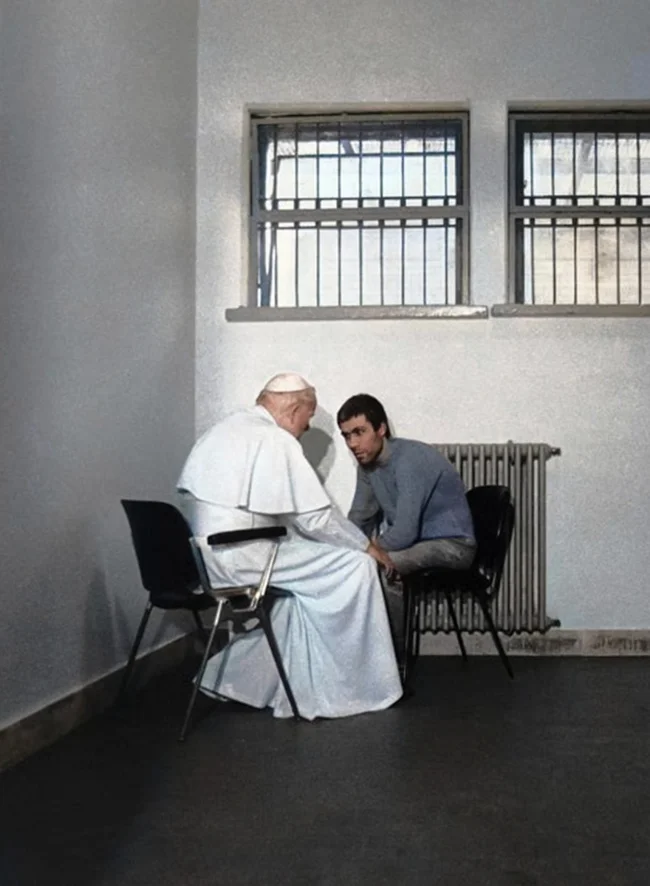
The GMV-2 snowmobile was created in Orenburg in the 1970s. Assembled together are part of the Il-28 fuselage, UAZ-469 engine, GAZ-21 gearbox, UAZ rear axle, Zhiguli steering, and part of the GAZ-52 hood. Orenburg, 1980s. 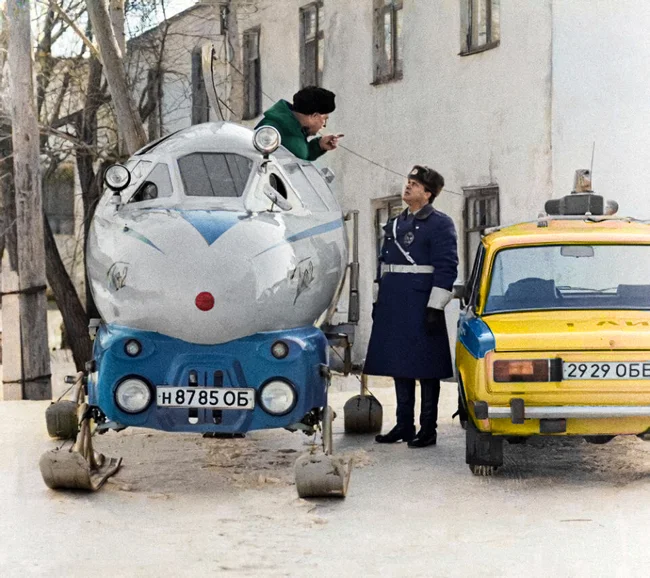
A driver inspects a bridge that collapsed under a locomotive. Canada, 1926. 